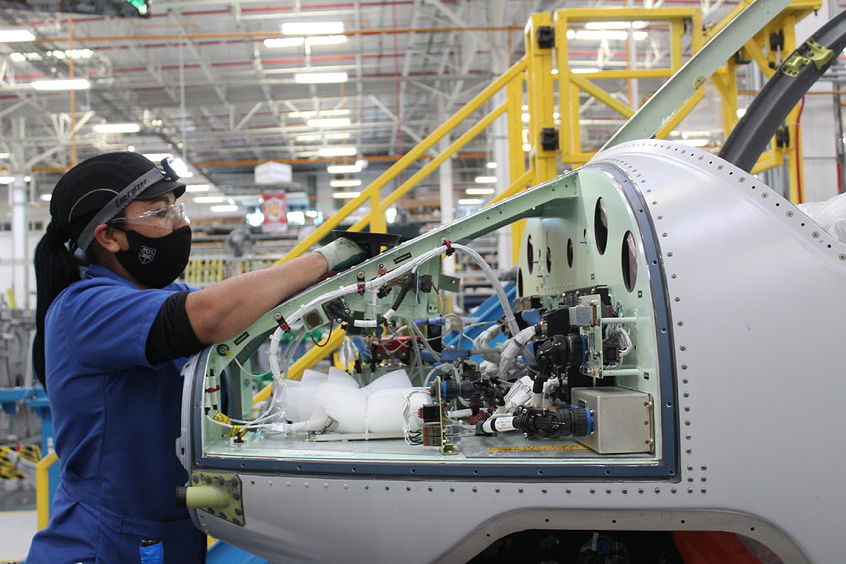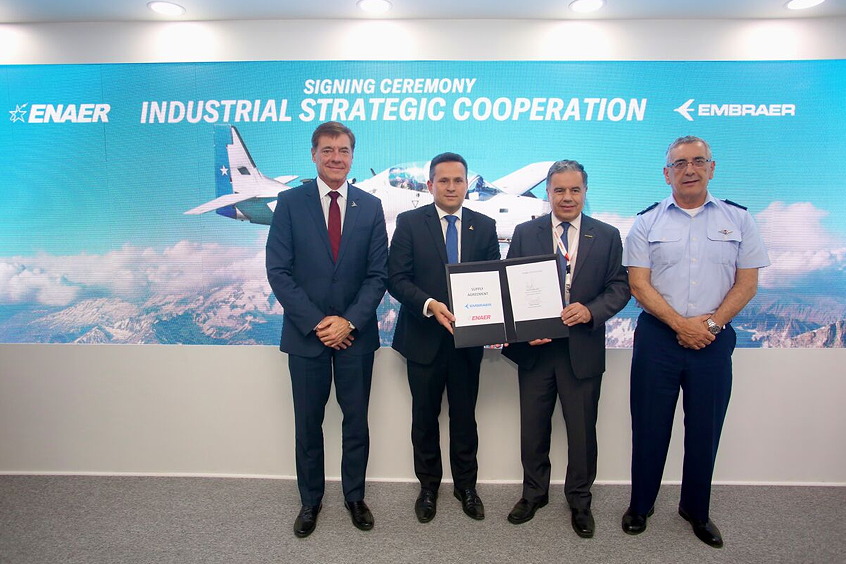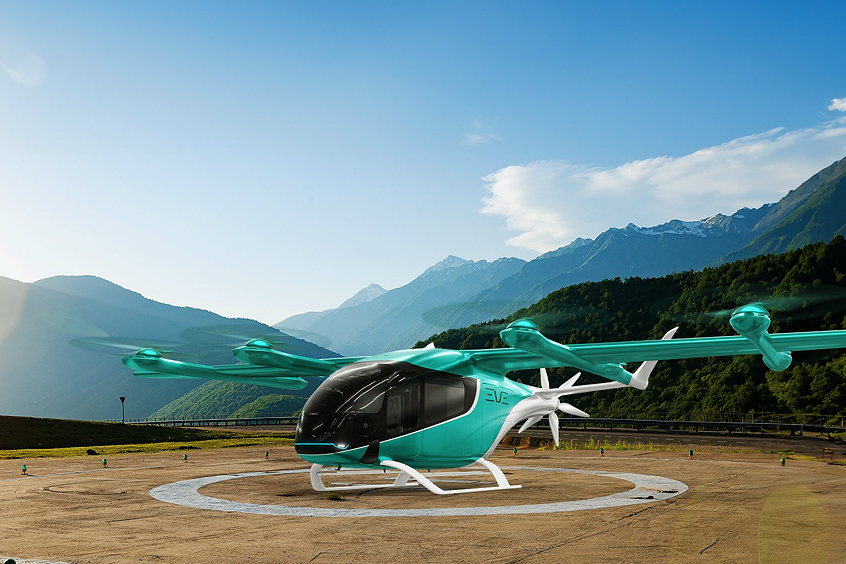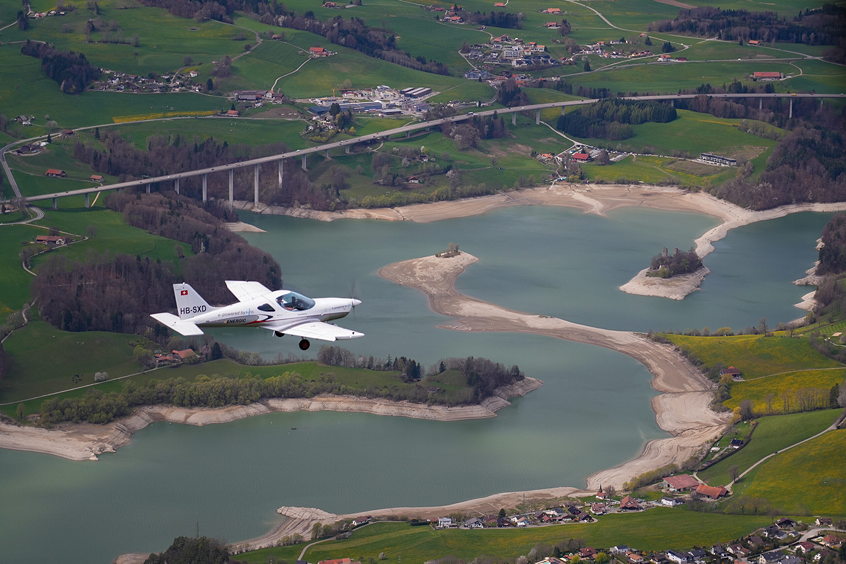The aircraft engine manufacturer Thielert Aircraft Engines GmbH from Saxony, Germany has presented the next development stage to its successful kerosene piston aircraft engine Centurion 1.7 - namely, the Centurion 2.0. This new, further optimized engine will be used from now on for all installations. Customers whose aircraft are currently equipped with a Centurion 1.7 can replace this at the end of its life time with a Centurion 2.0 without any problems, since the installation kits are compatible. Various product enhancements have been incorporated into the new engine, including the increase in displacement aimed at meeting the requirements of the US market. In the wake of the increase in demand for kerosene piston aircraft engines, Thielert is also continuously expanding its service and sales network. This applies in particular to the U.S.
Centurion 2.0 - displacement-increased successor of the proven Centurion 1.7
The company Thielert Aircraft Engines GmbH has further developed its best seller - namely, the Centurion 1.7 kerosene piston aircraft engine. In the past, the Centurion 1.7 played a major role in building up the company's success. With well in excess of 1,500 such engines being produced, it has already notched up over 350,000 accumulative flight hours in a whole range of General Aviation aircraft in the short space of four years.
The next development stage of the Centurion 1.7 is now to be marketed under the brand name Centurion 2.0, thereby replacing its predecessor in all installations - both in new aircraft and in the retrofit-kits. "In launching our new engine, we are demonstrating that our proven concept is also upwards compatible," says CEO Frank Thielert, explaining the strategy. "As already seen in the Centurion 1.7 and the Centurion 4.0, we have also utilized tried-and-tested technology in this development step and have allowed the ongoing improvements and innovations from automotive volume production to flow into our own development."
The cylinder block developed for the Centurion 2.0 by Thielert's engineers satisfies the high requirements applied to aviation even better than before. Further product enhancements include a flatter FADEC, a lighter cast gearbox housing, interfaces for glass cockpits, plus a new service
tool that also allows the FADEC to be programmed in the field. The expansion of the displacement up to two liters is aimed particularly at meeting the demand on the U.S. market.
Since, in terms of its dimensions, the new engine has only been modified slightly, it is for the most part compatible with the existing Centurion 1.7 kit. This means that the engine mount, the cooling system and the FADEC engine control system can be retained. For those customers who, at the end of the life time of their 1.7, wish to replace their engine with a new Centurion 2.0, all that is required is an exchange of the wiring harness, the ECU as well as some modifications of the mounts and the hose system.
"The key advantage is the experience we gained from previous certification processes. We were able to utilize reliable data instead of assumptions," says Markus Steinberg, Head of Quality Assurance at Thielert. "The engine has already been certified by the European and U.S. aviation authorities, in August and October 2006. At present, the Centurion 2.0 is certified for installation in all model ranges of the Cessna 172 in 40 countries," continues Steinberg. The Centurion 2.0 will be delivered as an installation kit to the aircraft manufacturer Diamond Aircraft Industries and integrated into the successful aircraft DA40 TDI and DA42 Twin Star.
With the Centurion 2.0, Thielert is sticking to the principle of replacing the engine rather than overhauling it at the end of its time between overhaul (TBO). As in the case of the Centurion 1.7, the replacement is initially envisaged at the unchanged interval of 2,400 hours or 12 years. An inspection by the manufacturer is scheduled after 1,200 flight hours.
When replacing the engine, mass-produced automotive engine components can be modified without any problem, allowing them to be used in aircraft engines. Consequently, pilots whose aircraft are fitted with a Centurion engine are also guaranteed that they can obtain a replacement engine without any problems when the engine they are currently using reaches the end of its life time.
| Contact details from our directory: | |
| Technify Motors GmbH | Piston Diesel Engines, Full Authority Digital Controls, Electronic Flight Instrument Systems |
| Related directory sectors: |
| Engines |
Weekly news by email:
See the latest Bulletin, and sign up free‑of‑charge for future editions.

Bell Mexico delivers 800th commercial aircraft cabin

Chile's ENAER expands cooperation with Embraer

Eve names KAI as supplier for eVTOL pylons
